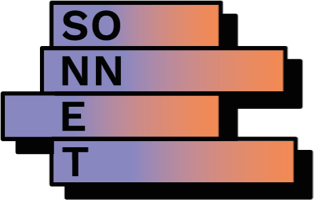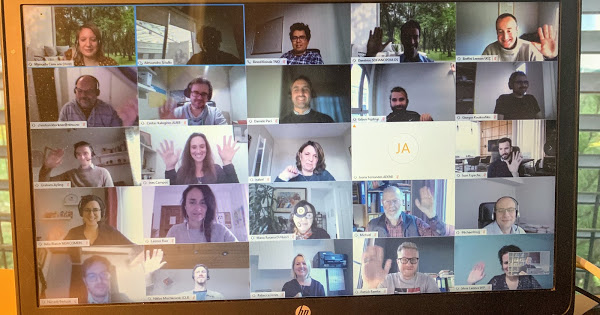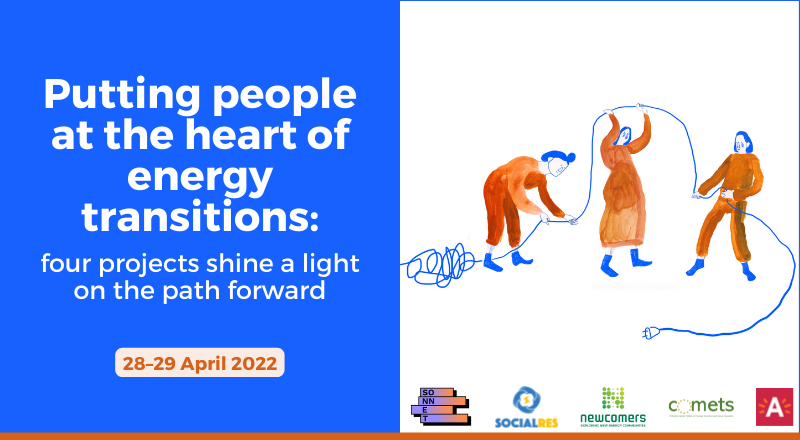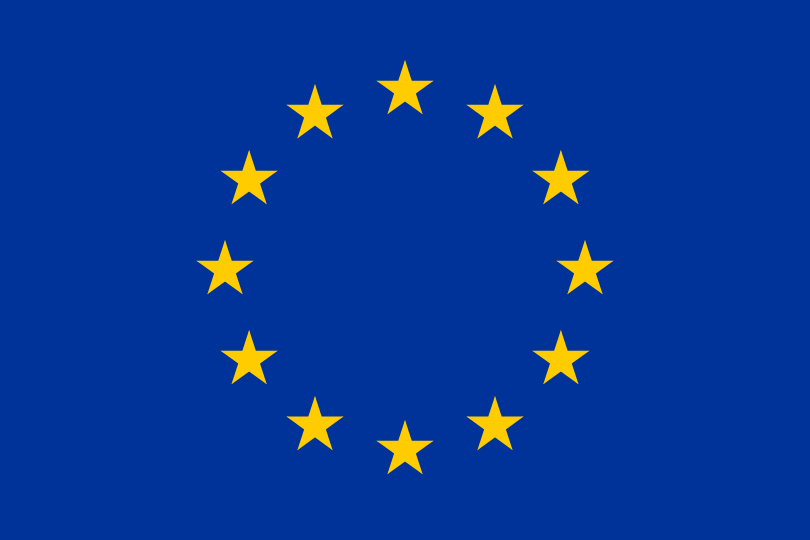Behind the scenes: the basis of our collaborative work
Authors: Benedetta Buccolini, Julia Wittmayer, Maria Fraaije
SONNET aims to foster and better understand social innovations in energy and how they contribute (or not) to making our energy sources, use, and production cleaner. Living up to this aim requires us to collaborate and to engage with individuals and organisations from different departments, backgrounds, worldviews and expertise. Therefore, the SONNET consortium brings together civil servants from different European cities, alongside research institutes and an international city network. However, just putting people from diverse backgrounds, with different aspirations and from different institutional, cultural and national contexts in one room will not do the trick. Rather, our collaboration in SONNET had to begin from the assumption that establishing a strong and fruitful collaboration clearly requires, on the one hand, the identification of common ground to nurture favourable conditions for different actors to work towards common goals, and on the other hand, honouring the diversity within and between partners.
That is the reason why, during our first project meeting held in Karlsruhe (Germany) back in 2019, the SONNET team collaboratively identified eight principles that should guide our inter- and transdisciplinary collaboration and action. During every consortium meeting since then, we pause to reflect on and dive into certain aspects of this collaboration – such as normative orientations, future ambitions, or a reflection on our principles of collaboration. The impossibility of meeting each other in person due to the COVID-19 pandemic has increased the importance of these moments.
Today, we share our principles of collaboration and our reflections to serve as inspiration for others.

In SONNET, teamwork is grounded in practicing empathy and comprehension, and being open-minded and transparent about one’s own normative position. In this way, everyone can feel free to share ideas, proposals and concerns, actively participating in the creation of shared knowledge. This is a prerequisite for, but also dependent on, the creation of a welcoming and inclusive environment, which infuses the team with mutual respect for each other’s disciplines, opinions and needs.
Moreover, SONNET’s teamwork seeks to establish a dynamic and flexible working style, which allows for iteration and a patient process of mutual learning.
This openness and inclusiveness, together with a flexible working style, facilitates setting a common goal and clearly defining responsibilities. In fact, the trans- and interdisciplinarity of the collaboration values the boundaries and the different expertise of the partners. It is through these diverse and expert contributions that shared common goals can be achieved.
How is the collaboration going?
The identification of the eight principles has been fundamental in nurturing a welcoming and open environment and in shaping SONNET’s collaborative nature. In fact, partners wish to keep working within this supportive and active atmosphere.
This does not mean that shared principles have prevented all challenges. Especially in our first year, we negotiated the need to rigorously develop a common conceptual understanding of what social innovation in energy constitutes, with the urgency and readiness of addressing specific problems, such as energy poverty, within the SONNET cities.
What does SONNET wish for the future?
Moving forward, partners have explored several ideas to nurture cities’ participation in the conversation and facilitate inter- and transdisciplinary communication and comprehension between silos, also making goals and normative positions clearer.
One of these ideas was to work towards more user-friendly and inclusive language to make the conversation as accessible as possible. Another very practical idea was to more clearly indicate the content and expected audiences for certain sessions at consortium meetings.
Moreover, a deeper attention to each other’s needs and perspectives – together with a more holistic approach to actions – is expected to facilitate better understanding and identify the best inter-and transdisciplinary strategy to achieve energy transition.





 The project has received funding from the European Union’s Horizon 2020 research and innovation programme under grant agreement No 837498.
The project has received funding from the European Union’s Horizon 2020 research and innovation programme under grant agreement No 837498.